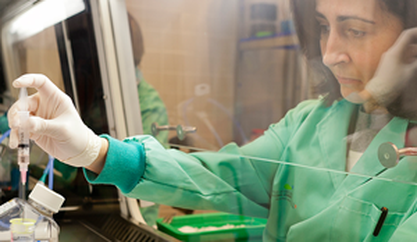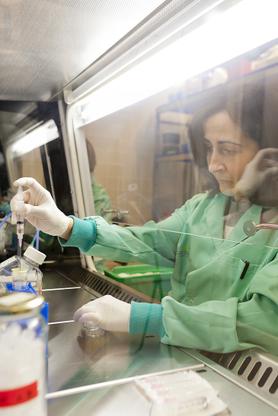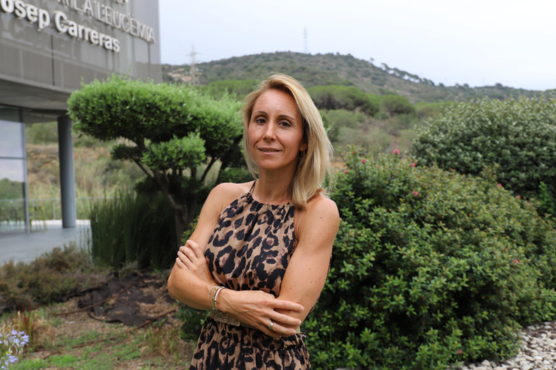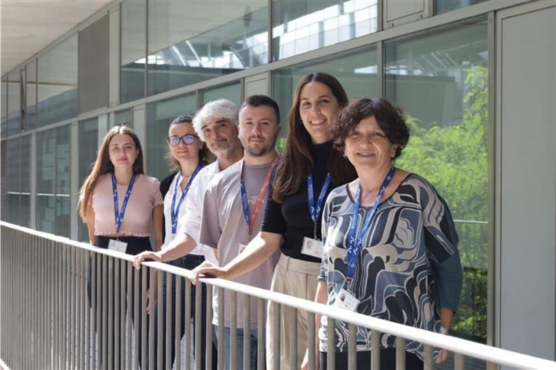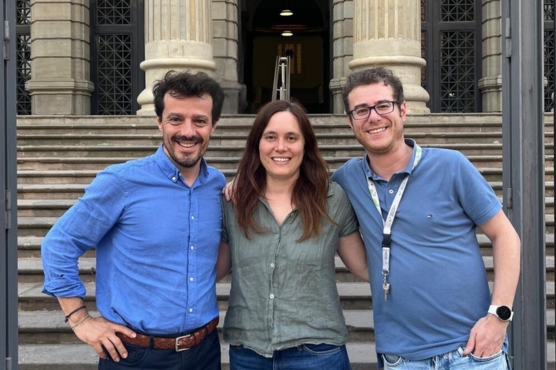This particular article, under the direction of Dr. Sanjuan-Pla, focuses on what is known about this form of leukaemia, some of the particular characteristics of studying a disease that appears in such young patients, and goes on to mention what the group hopes will be the result of the application of new technologies in this field of research.
The Stem Cell, Mesenchymal Cancer and Development Group has published a new scientific article on infantile acute lymphoblastic leukaemia in cells t (4; 11) / MLL-AF4 + B in the prestigious journal Blood. This particular article, under the direction of Dr. Sanjuan-Pla, focuses on what is known about this form of leukaemia, some of the particular characteristics of studying a disease that appears in such young patients, and goes on to mention what the group hopes will be the result of the application of new technologies in this field of research.
A revision article is a description of all current knowledge and research results concerning a specific disease or scientific question. These scientific articles are of supreme importance for other researchers and are very widely read and frequently quoted in other publications. The editor of the journal Blood requested the article from Dr. Pablo Menéndez’s group at the Josep Carreras Leukaemia Research Institute at the University of Barcelona Hospital Clínic Campus on the basis that they were experts in the field.
Of the acute lymphoblastic leukaemias that affect children, that which affects B (B-ALL) cells represents around 10% of cases. In most of these B-ALL cases there is a rearrangement of the mixed phenotype leukaemia gene (MLL). While 85-90% of children diagnosed with B-ALL survive due to improvements in treatment and personalised support and attention, those diagnosed as new-born babies have a very poor diagnosis, with a survival rate of less than 35%. In these cases the disease does not remain hidden for long, but suddenly becomes very aggressiveas the immature blood cells multiply without control. The disease causes great anxiety for the family because the babies suddenly become ill and die.
Because this disease appears in such vulnerable patients, and because it advances so rapidly, it is not possible to study this particular kind of leukaemia using real samples from patients. One of the missions of scientists in this field, and that of our institute’s Stem Cell, Mesenchymal Cancer and Development Group in particular, is to create, in the laboratory, cells that behave in the same way as these leukaemia cells. This is particularly difficult because it would seem that the cells involved become cancerous before birth, and that means that this kind of leukaemia is not simply a case of blood cells that multiply incorrectly, but a problem relating to the early development of the foetus. This makes it a disease that is different from that found in adults, or even other cases of B-ALL in children.
Dr. Sanjuan-Pla describes different kinds of this B-ALL sub-group, their medical characteristics, the precise molecular changes involved and the causes and progression of the disease. While there is general consensus that for a cancer to develop there have to be various prior stages before a tumour can develop, some researchers say that there are indications that, in this disease, an initial leukaemia cell appears before the birth of the child.
Finally the article describes the work being carried out at present and how new technologies might considerably increase our knowledge about what is happening so that one day, being better informed, it will be possible to treat this devastating disease successfully.
* Read the original article HERE
It is a great honour for our Institute for the Stem Cell, Mesenchymal Cancer and Development Group at the University of Barcelona Hospital Clínic Campus of the IJC to have been invited to contribute this article to the journal Blood since it highlights our researchers as world leaders in the study of this disease. In fact, the members of Dr. Menéndez’s research group have been invited to form part of the international consortium to study patients with this acute leukaemia with translocation of the MLL gene. At the present time it is the only Spanish research centre to form part of this consortium. Similarly, the members of the IJC toxicology and environmental work group, who are researching into paediatric leukaemia and investigating the idea that the disease might be caused by toxic exposure, have been named AD HOC experts by the European Food and Safety Authority (EFSA).



